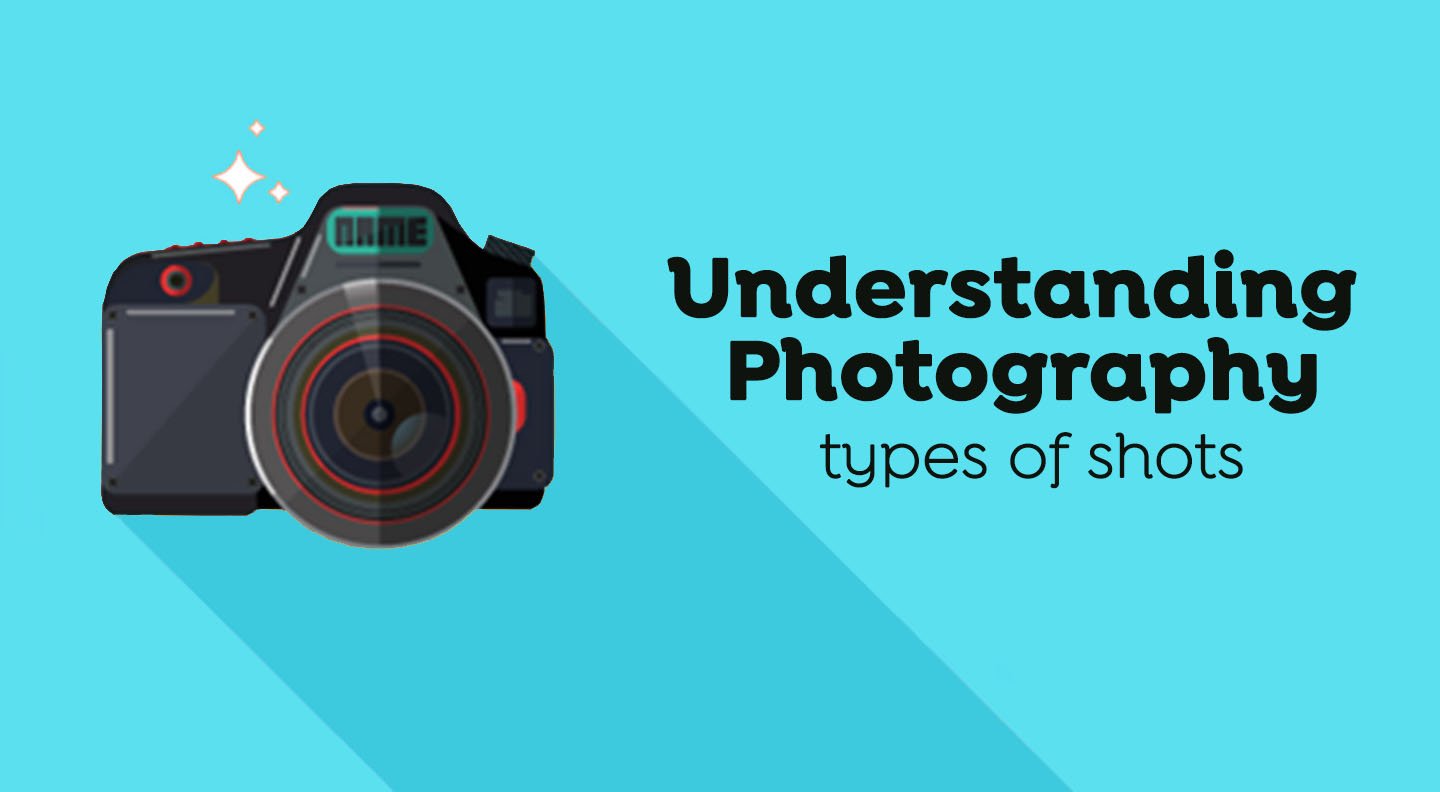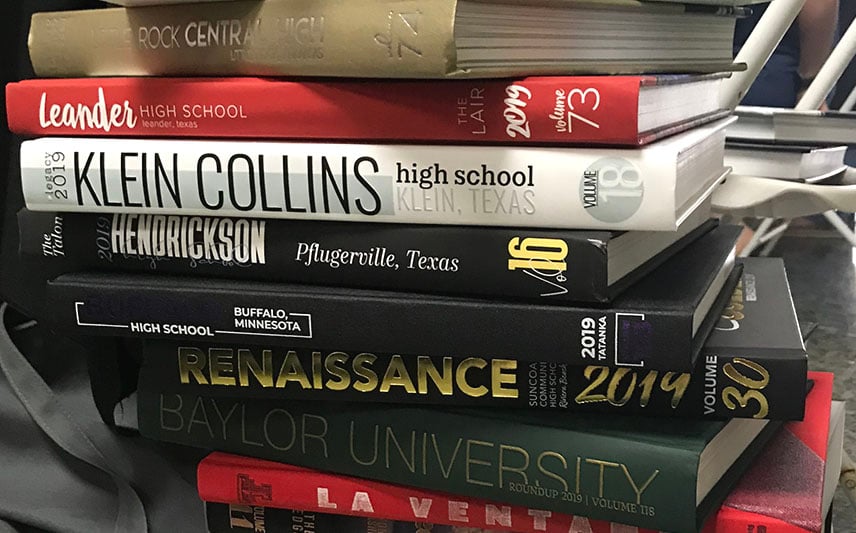
Overall. Medium. Detail. These three types of shots provide viewers with a better understanding of the scene and tell more of the story. Part of our “Understanding Photography” series, this post is also an ideal assignment for staffs done with the yearbook.
Overall—This type of shot sets the scene. An overall shot gives you a sweeping overview, letting the viewer familiarize themselves with the environment and the subjects. It sometimes requires a high angle from above. A wide angle lens is usually needed to give a thorough, comprehensive view.

This overall shot from the 2019 Intensity workshop sets the scene. The birds-eye angle provides a wider perspective of the students selecting yearbooks. Photo by Kel Lemons
Medium—Tells the story in one photograph. It’s taken close enough to capture the subject’s action, but far enough to see the relationship to the environment. A wide angle or normal lens works well for medium shots, although a telephoto is useful when you can’t move in as close.

This medium shot provides a closer view than an overall shot, telling the story in one image. Photo by Michael Pena
Detail—This close-up shot adds drama. It pulls the viewer in tight to a subject’s face or object. Not all close-ups need to be on a person; sometimes objects tell the story. Detail shots are often taken with a macro lens or telephoto zoom.

A detail shot provides a close-up presentation of the subject, in this case, a stack of yearbooks. Close-up shots are often overlooked, but can provide a unique perspective and additional level of detail for the viewer. Photo by Kel Lemons
Overall. Medium. Detail. These three types of shots enhance the story the photographer is telling. You’re providing the audience with a more comprehensive view, ultimately giving them a better perspective and understanding of the subject.

